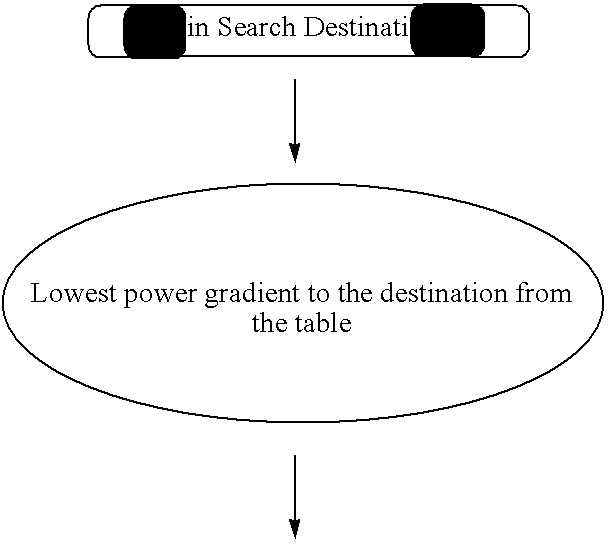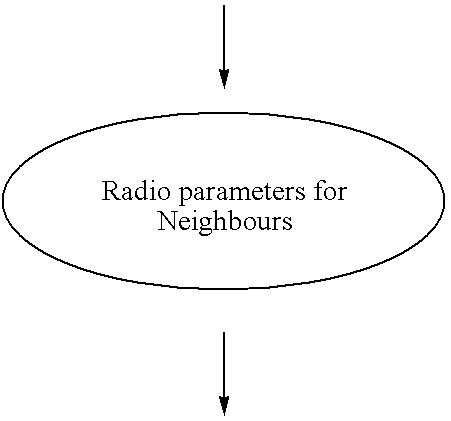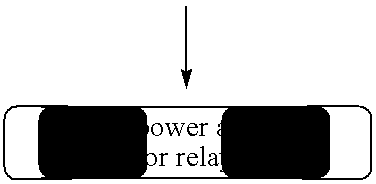Routing in a multi-station network
- Summary
- Abstract
- Description
- Claims
- Application Information
AI Technical Summary
Benefits of technology
Problems solved by technology
Method used
Image
Examples
Embodiment Construction
The method of the invention is primarily aimed at utilising so-called ODMA (opportunity division multiple access) techniques in a cellular wireless communication system in order to enhance the performance of such a system. The system is thus a hybrid between a conventional cellular system in which mobile stations communicate directly to a base station within a cell, and a full ODMA system in which there is not necessarily any base station and mobile stations communicate with each other by relaying messages amongst themselves.
The basic call process of the present invention can be summarised as follows:
If a mobile station MS.sub.A wishes to initiate a call to a base station:
1. The initiating mobile station MS.sub.A initially sends notification on the calling channel (ORACH) to its neighbors informing them to start developing gradients back to it. All stations in the area of coverage of the same base stations as MS.sub.A (established by monitoring the synchronization and broadcast tran...
PUM
 Login to View More
Login to View More Abstract
Description
Claims
Application Information
 Login to View More
Login to View More - R&D
- Intellectual Property
- Life Sciences
- Materials
- Tech Scout
- Unparalleled Data Quality
- Higher Quality Content
- 60% Fewer Hallucinations
Browse by: Latest US Patents, China's latest patents, Technical Efficacy Thesaurus, Application Domain, Technology Topic, Popular Technical Reports.
© 2025 PatSnap. All rights reserved.Legal|Privacy policy|Modern Slavery Act Transparency Statement|Sitemap|About US| Contact US: help@patsnap.com



